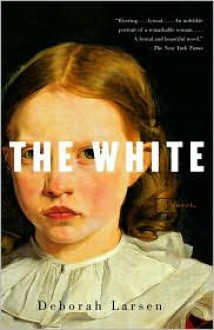“I was born a white at sea on the way to the New World . . . But I was taken by those whom we called Indians. Nearly speechless for a time, I was beset by terrors.”This is the voice of Mary Jemison, who, in 1758, at the age of sixteen, was taken by a Shawnee raiding party from her home near what...
show more
“I was born a white at sea on the way to the New World . . . But I was taken by those whom we called Indians. Nearly speechless for a time, I was beset by terrors.”This is the voice of Mary Jemison, who, in 1758, at the age of sixteen, was taken by a Shawnee raiding party from her home near what would become Gettysburg, Pennsylvania. In this intimate reimagining of her life story, Mary endures the brutal scalpings of her parents and siblings and is given to two Seneca sisters who treat her as their own—a symbolic replacement for the brother they lost to the white colonists. Renamed Two-Falling-Voices, she gradually becomes integrated into her new family, learning to assist with the hunt and to cultivate corn. She marries a Delaware warrior, raises a family in her adoptive culture, becomes friends with two former slaves, and eventually, remarkably, fulfills her lifelong dream “to own land bordered by sky, as my mother and father had once purchased woods and fields which were dappled with changing light.”A testament to the resilience of the human mind and spirit, The White is a cut-crystal narrative of Mary’s life among the Seneca, lit by flashes of her own voice and revealing her curious, open heart. From the novel’s bloody opening to its arresting conclusion—by her own choice Mary does not return to white society—Deborah Larsen never flinches from the violence and the splendor that marked the settling of the New World.
show less

